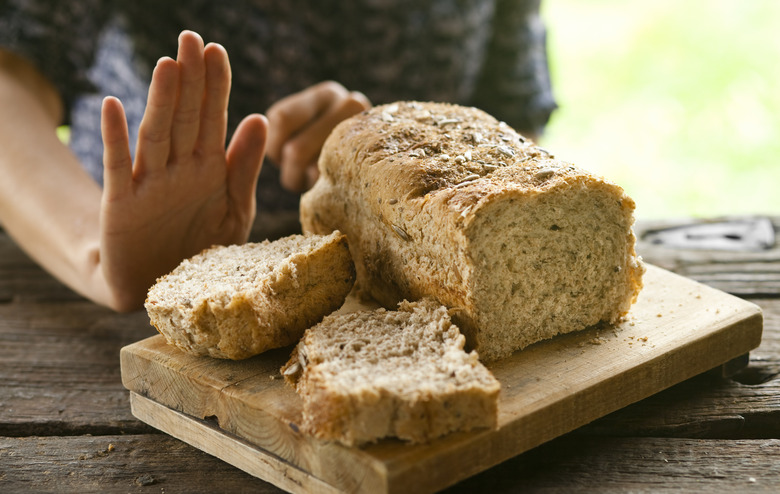Gluten-Free Diets Actually Contain Gluten: Study
Eating gluten-free isn't just a passing fad — for people with celiac disease, avoiding gluten is a biological necessity. But an upsetting set of results published in The American Journal of Clinical Nutrition revealed that people on gluten-free diets are often consuming more gluten than they intend — and that even on a gluten-free diet, someone with celiac disease may experience a number of dangerous reactions, ranging from stunted growth to increased risk of cancer.
The study investigated two groups: one with celiac disease and one without. Both groups followed a gluten-free diet and were tested for gluten exposure through urine and stool samples.
A person who does not follow a gluten-free diet consumes an average of 7,500 to 10,000 milligrams of gluten per day. People with celiac disease are advised to consume less than 10 milligrams per day — any more than that could trigger dangerous symptoms and chronic intestinal damage.
The study participants' samples revealed that even while on a gluten-free diet, the study subjects were consuming an average of 244 milligrams according to the stool analysis and 363 milligrams according to the urine analysis. Both results far exceeded the recommended daily limit for celiac sufferers.
These results imply that despite their best efforts, gluten-free dieters are still somehow consuming gluten. But the source of the gluten remains largely a mystery; in-depth research has yet to be done on this perplexing contamination.
But the protein could be coming from any number of sources — such as, for example, accidental consumption of foods that contain gluten or of foods that claim to be gluten-free, but aren't.
When a food product makes promises about its gluten-free status, celiac sufferers rely on the authenticity of that claim. But these claims are often misleading, and labeling of gluten-free packaging isn't as reliable as it seems.
For instance, in August 2017, Papa John's released a "gluten-free crust" that the company itself deemed unsafe for those with celiac disease. Cheerios received a heap of criticism after releasing gluten-free cereal that really wasn't. Though General Mills claimed their cereal met the standards for the "gluten-free" label assigned by the Food and Drug Administration, consumers with celiac disease who ate the cereal reported significant reactions.
Additionally, people may consume gluten from foods accidentally if they are not fully aware which foods contain the protein.
"Even non-food items you wouldn't guess gluten is lurking in could have it, such as dietary supplements and medications (both prescription or over-the-counter)," explained registered dietitian Cheryl Mussatto to The Daily Meal, "And never underestimate cross contamination! This is a real problem for how gluten gets into supposedly 'safe' foods."
Mussatto advised that celiac sufferers use a separate toaster oven, keep a separate set of cutlery with them, and buy separate containers for foods shared in the home, such as jam and butter.
No matter how careful people are in your home, it's still important to keep things separate and safe if you have celiac disease. Many people are unaware that seemingly benign foods, such as barbecue sauce and even crab meat, could cause a reaction.
